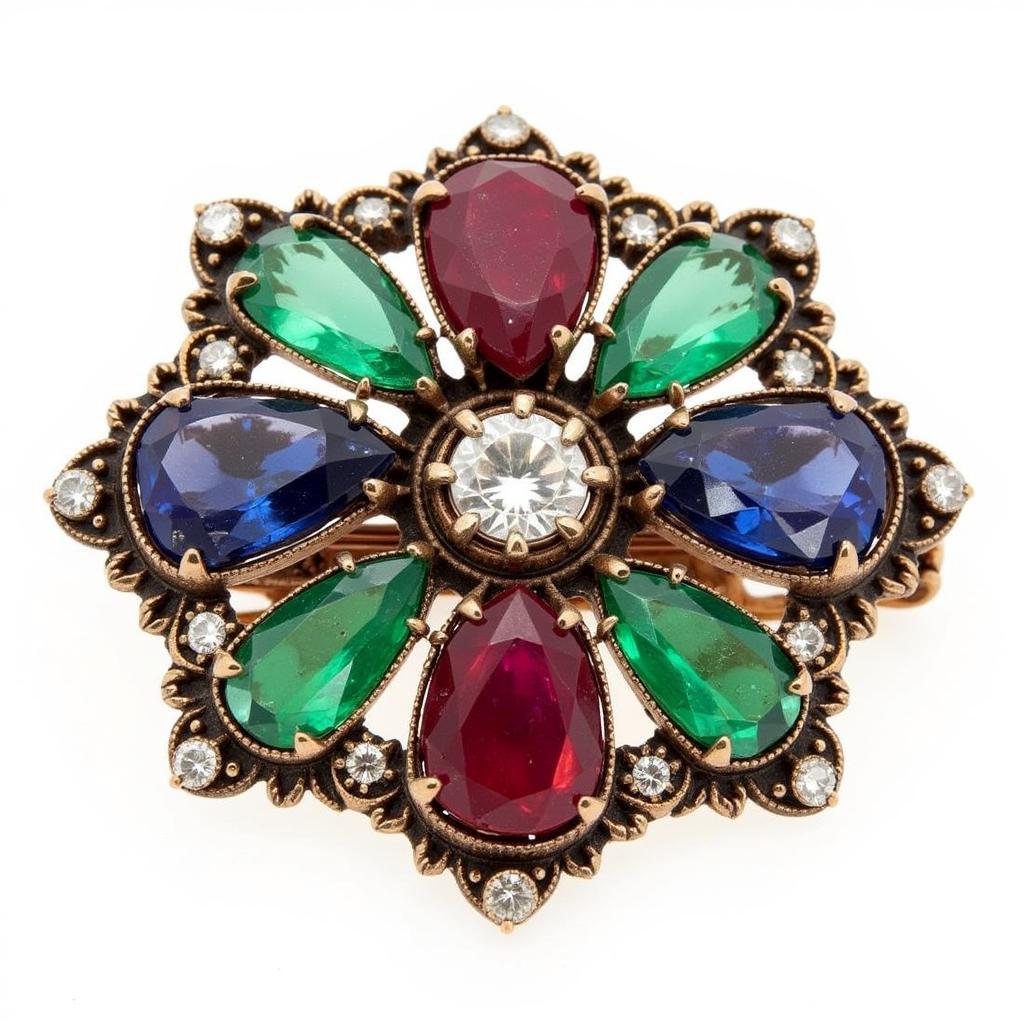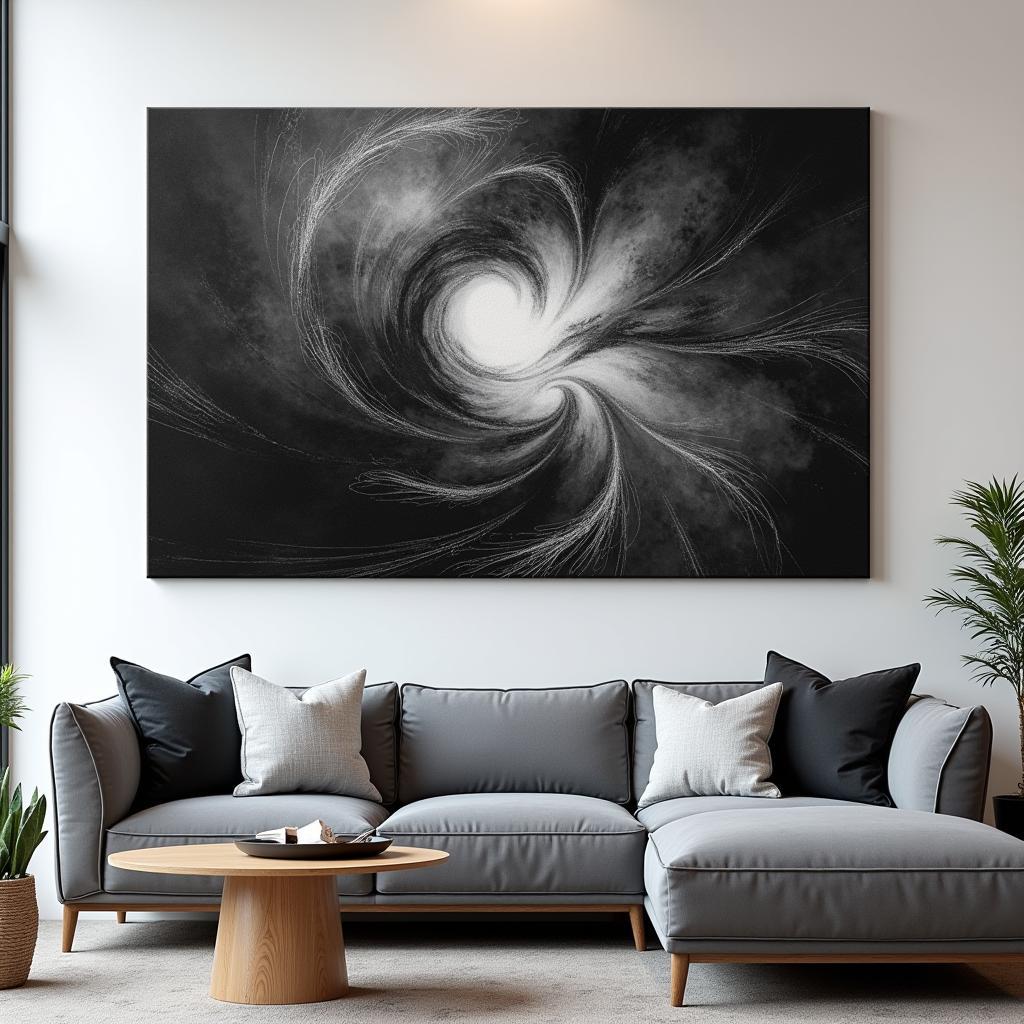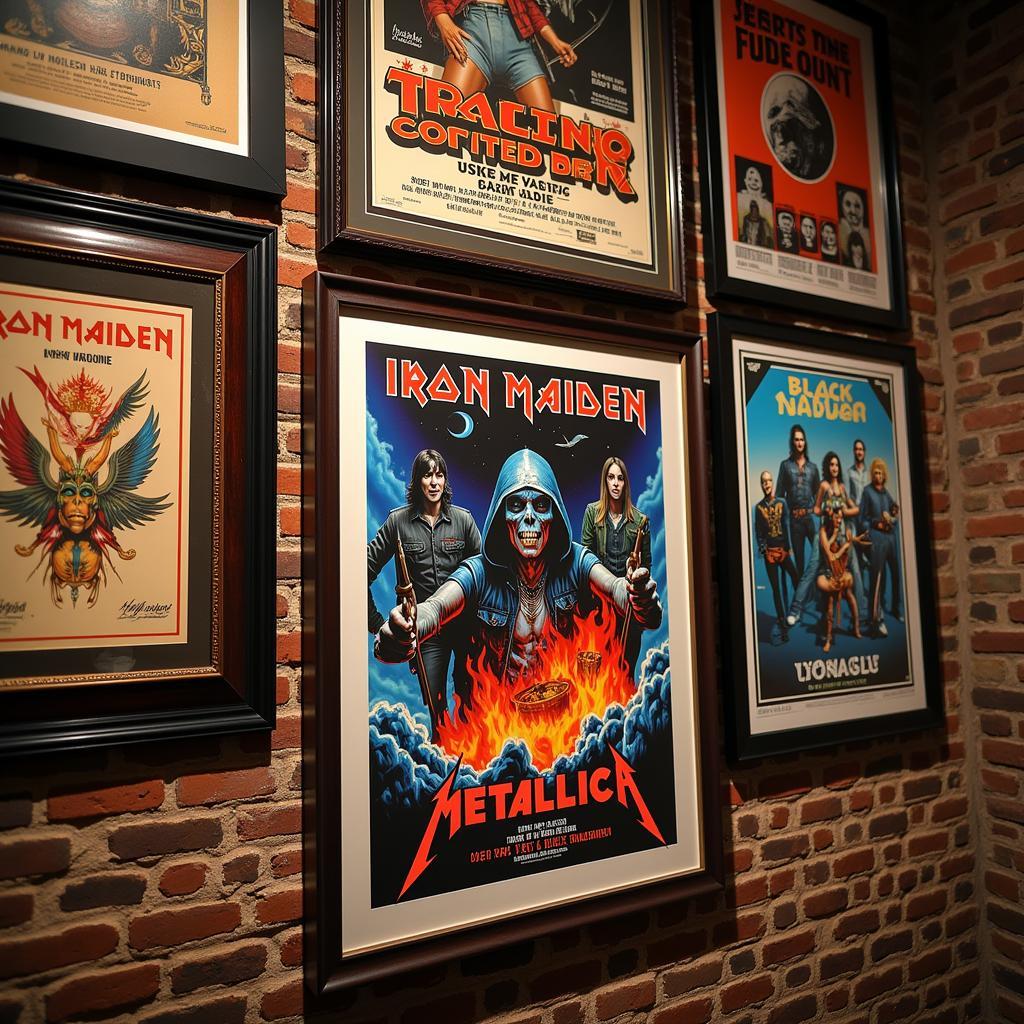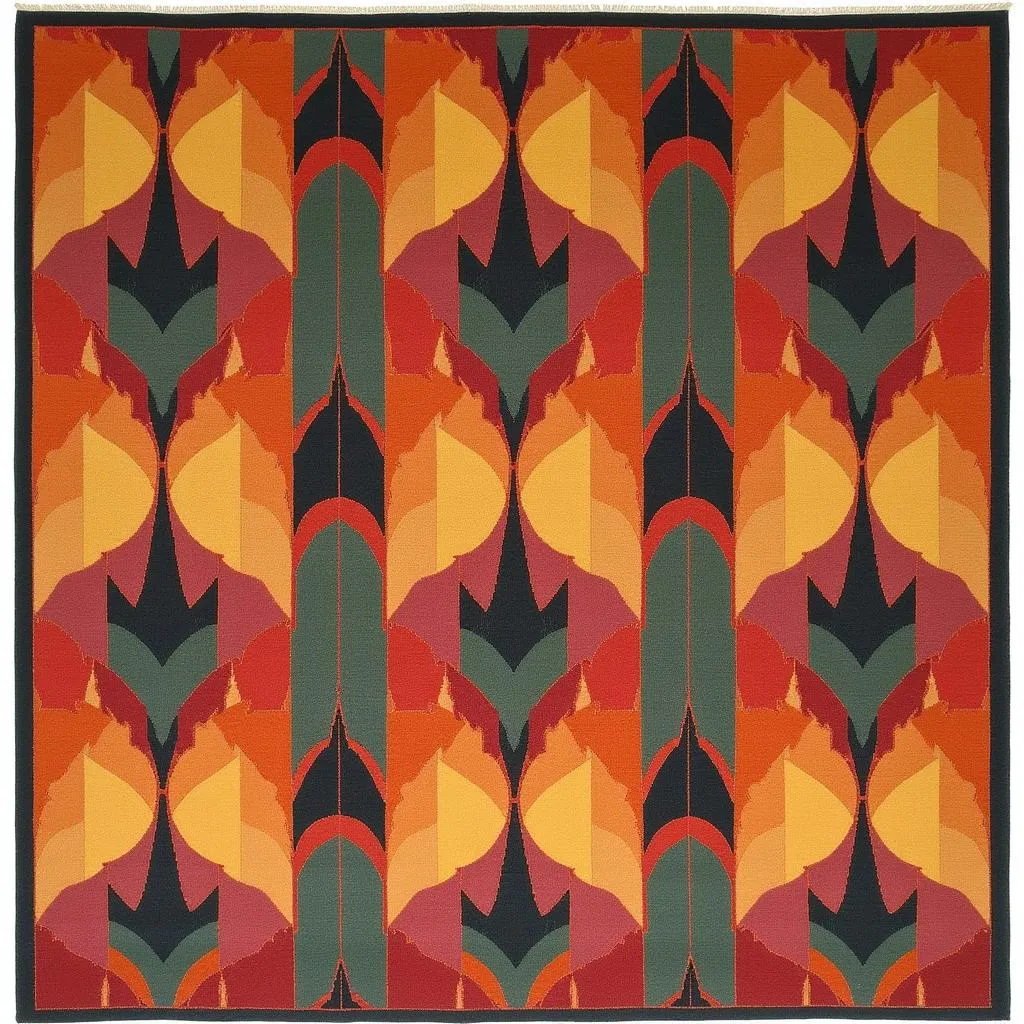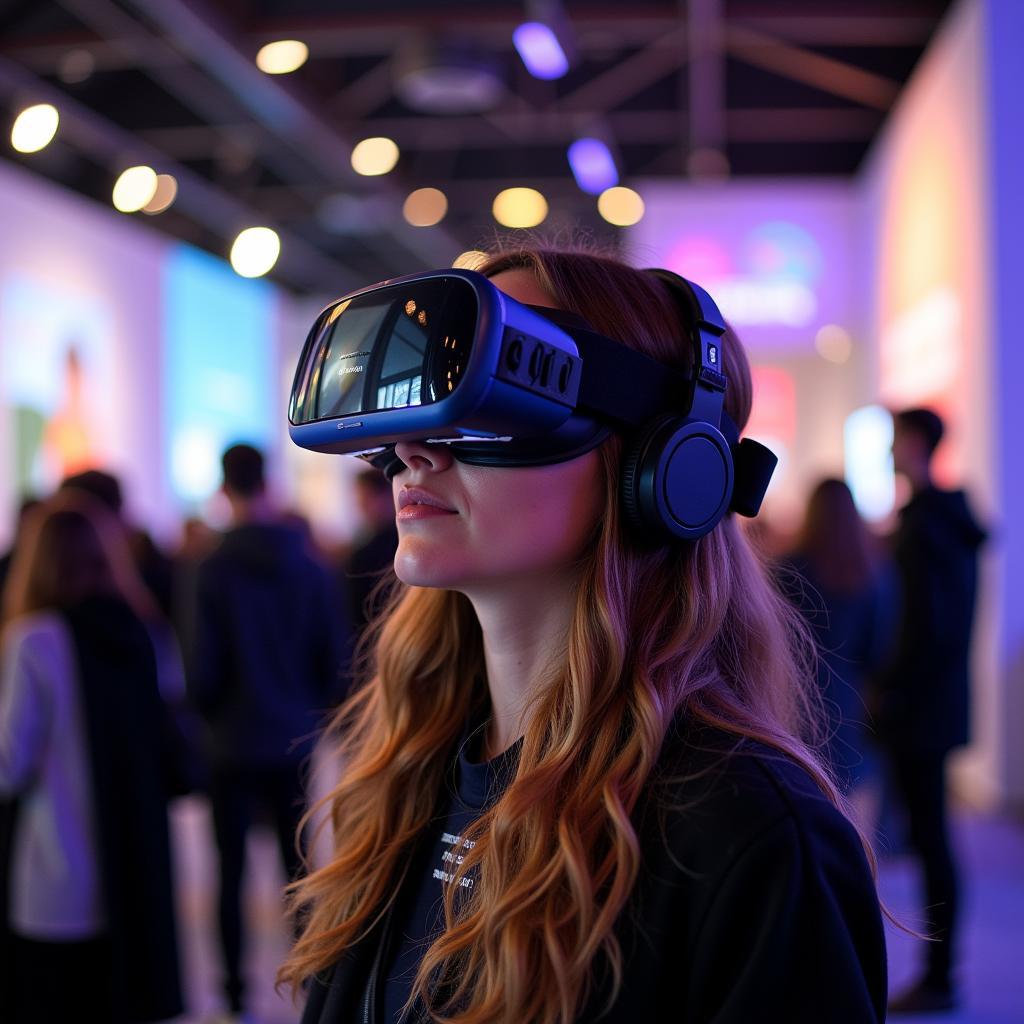Exploring Chinese Sexual Art: A Journey Through History and Culture
Chinese Sexual Art is a complex and fascinating subject, encompassing a rich history and diverse cultural influences. From ancient erotic carvings to contemporary photography, this art form offers a unique window into evolving societal attitudes towards sexuality and the human body. It’s important to approach this topic with sensitivity and respect, recognizing its cultural significance and avoiding generalizations. Let’s delve into the multifaceted world of Chinese sexual art.
The Evolution of Chinese Sexual Art: From Ancient Rituals to Modern Expressions
Throughout Chinese history, depictions of sexuality have served various purposes, from fertility rituals to expressions of personal desire. Early forms of Chinese sexual art often incorporated symbolic elements, drawing inspiration from nature and mythology. For example, certain animals and plants were associated with fertility and virility, and these motifs frequently appeared in erotic carvings and paintings. Later periods saw the development of more explicit representations of the human form, often within the context of erotic literature and illustrated manuals. The evolution of these artistic expressions reflects changing social norms and the ongoing dialogue surrounding sexuality in Chinese culture.
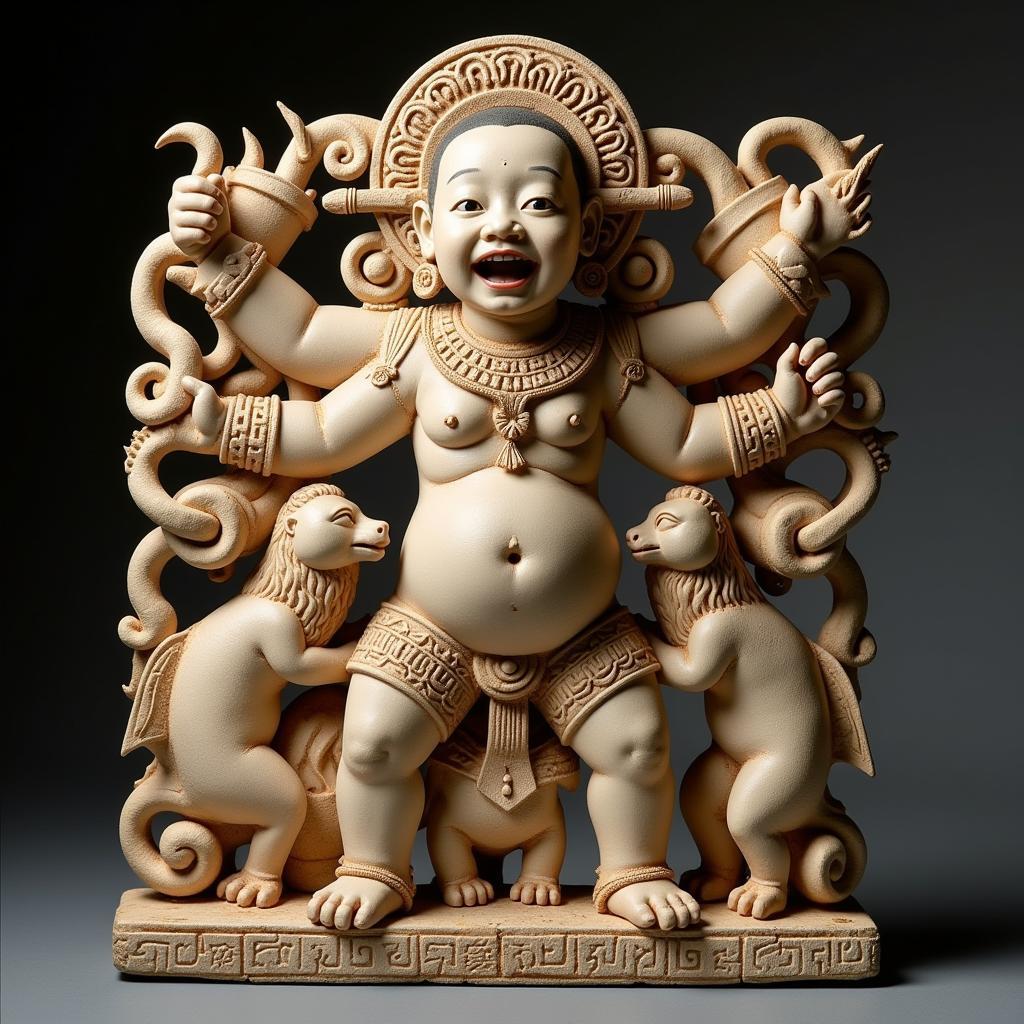 Ancient Chinese Erotic Carvings and Fertility Symbols
Ancient Chinese Erotic Carvings and Fertility Symbols
The Ming Dynasty (1368-1644) witnessed a flourishing of erotic art, particularly in the form of woodblock prints and illustrated novels. These works often explored themes of love, desire, and intimacy, offering glimpses into the private lives and fantasies of people from different social classes. While some of these depictions were explicit, others relied on symbolism and allegory to convey erotic themes.
Understanding the Cultural Context of Chinese Sexual Art
It’s crucial to avoid viewing Chinese sexual art through a Western lens. The cultural context surrounding these artistic expressions is essential for understanding their meaning and significance. Confucianism, Taoism, and Buddhism, the three major philosophical and religious traditions in China, have all influenced perceptions of sexuality and its representation in art. These influences can be seen in the recurring themes, symbolism, and artistic styles found in Chinese sexual art throughout history.
Chinese Sexual Art and the Female Form
The representation of the female form in Chinese sexual art has varied considerably over time. From depictions of goddesses and courtesans to portrayals of everyday women, these images reflect evolving societal attitudes towards female sexuality and beauty. While some historical depictions may appear objectifying to modern viewers, it’s important to consider the cultural context in which they were created and the intended audience for these artworks.
The Influence of Erotic Literature on Chinese Sexual Art
Erotic literature, such as the “The Plum in the Golden Vase” (Jin Ping Mei), played a significant role in shaping the visual representation of sexuality in Chinese art. These literary works often featured detailed descriptions of sexual encounters and relationships, which inspired artists to create visual interpretations of these narratives. The interplay between literature and art contributed to a vibrant and evolving tradition of erotic expression in Chinese culture.
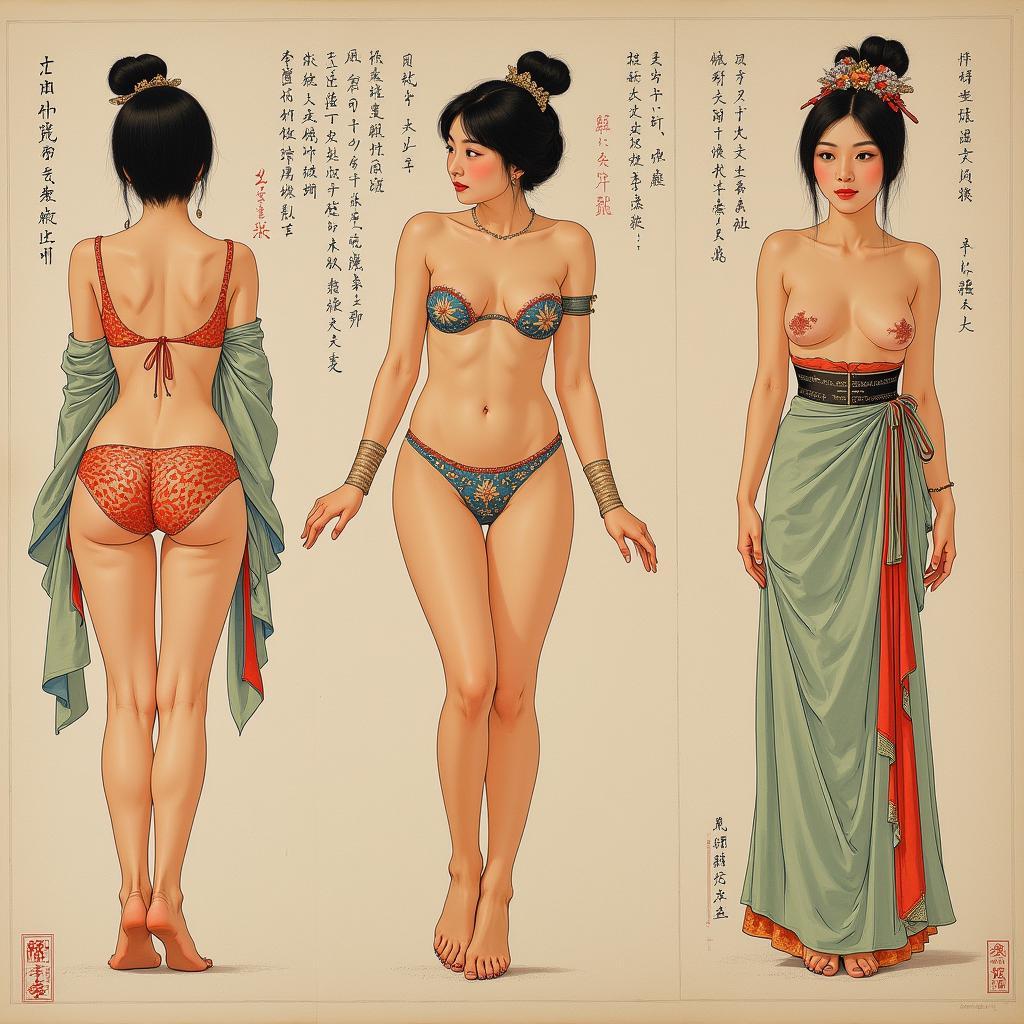 Chinese Erotic Art and the Female Form in Cultural Context
Chinese Erotic Art and the Female Form in Cultural Context
Chinese Sexual Art Today: Contemporary Perspectives
Contemporary Chinese artists continue to engage with themes of sexuality and the human body, often pushing boundaries and challenging traditional notions. Photography, digital art, and performance art have emerged as new mediums for exploring these themes, reflecting the changing landscape of artistic expression in China. While the subject of sexuality remains sensitive in some contexts, contemporary artists are contributing to a more open and nuanced dialogue about these issues.
Conclusion
Chinese sexual art provides a unique and valuable lens through which to explore the history, culture, and evolving societal attitudes towards sexuality in China. By understanding the cultural context and appreciating the artistic merit of these works, we can gain a deeper appreciation for the complexity and richness of this art form. Further exploration of this topic can be found through resources like art of zoo mei ling.
FAQ
- What are some common themes in Chinese sexual art?
- How has Chinese sexual art evolved over time?
- What is the significance of the female form in Chinese sexual art?
- How has erotic literature influenced Chinese sexual art?
- What are some examples of contemporary Chinese sexual art?
- Where can I find more information about Chinese sexual art?
- Are there any museums or galleries that exhibit Chinese sexual art?
For further support, please contact us at Phone: 02462573573, Email: [email protected] or visit us at Savico Megamall, 7-9 Đ. Nguyễn Văn Linh, Gia Thụy, Long Biên, Hà Nội 10000, Việt Nam. We have a 24/7 customer service team.
